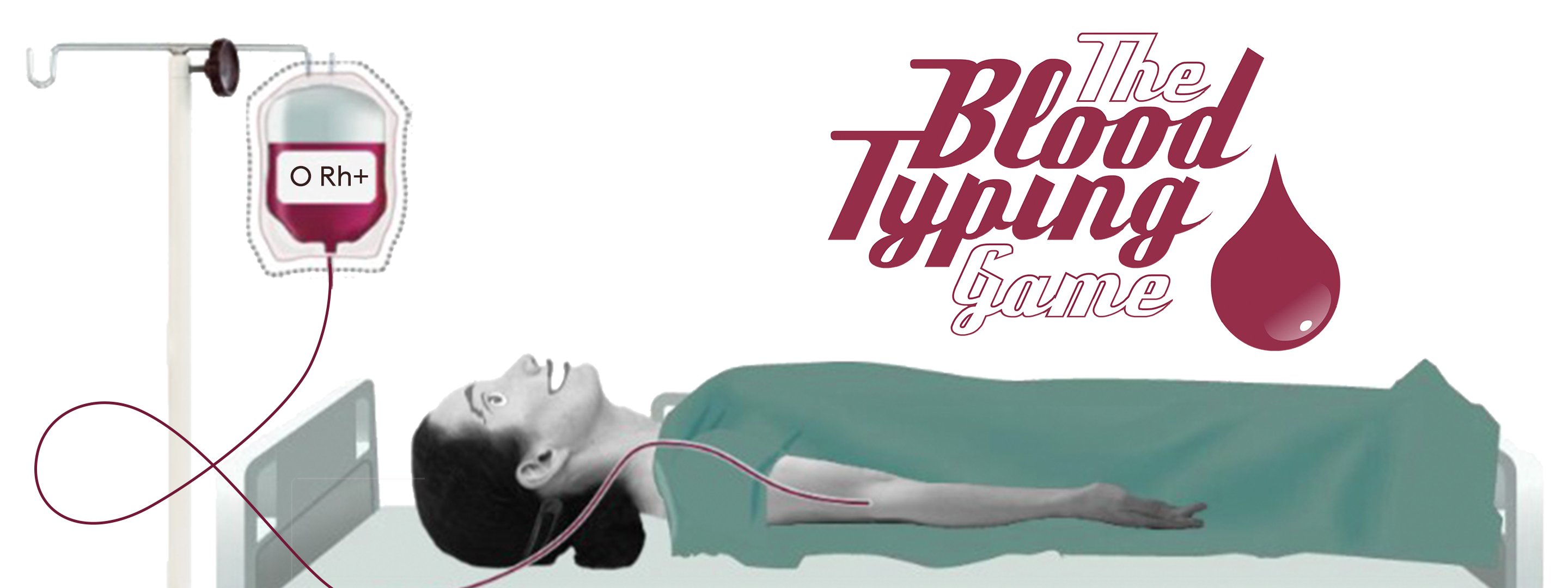About the Blood Typing Game
The Blood Typing educational game and related reading material are based on the 1930 Nobel Prize in Physiology or Medicine, which was awarded for the discovery of human blood groups in 1901. The purpose of this educational game is to learn the basics about human blood types and blood typing, as well as understanding one reason for its importance - to be able to save lives performing safe blood transfusions. Another purpose is to offer a game experience that is challenging and fun!
The Blood Typing Game gives you answers to the following questions:
- What are the different blood groups in the AB0 and Rh blood group systems?
- What antibodies and antigens occur in the blood of different blood types?
- Blood typing - how do you find out to which blood type someone belongs?
- Who can receive blood from whom in a blood transfusion?
- What happens if someone is given the wrong blood in a blood transfusion?
This educational game is about human blood types, blood typing and blood transfusions. Your challenge is to save patients in urgent need of blood transfusions. Your job is to decide what blood type these patients belong to in order to administer safe blood transfusions. At the end you will be evaluated: if you make no mistakes at all you will get all five out of five blood drops.
Experiments with blood transfusions, the transfer of blood or blood components into a person's blood stream, have been carried out for hundreds of years. Many patients have died and it was not until 1901, when the Austrian Karl Landsteiner discovered human blood groups, that blood transfusions became safer. Mixing blood from two individuals can lead to blood clumping or agglutination. The clumped red cells can crack and cause toxic reactions. This can have fatal consequences. Karl Landsteiner discovered that blood clumping was an immunological reaction which occurs when the receiver of a blood transfusion has antibodies against the donor blood cells.
There are many other genetically determined blood group systems known today, but the ABO and Rh blood systems are the most important ones used for blood transfusions.
This educational game explores the 1930 Nobel Prize in Physiology or Medicine awarded to Karl Landsteiner for the discovery of human blood groups. Later, in 1940, Landsteiner was also part of discovering the Rh blood group system.
Read more about this Nobel Prize
Disclaimer:
The fact that people with Rh- blood do not naturally have Rh antibodies in their blood plasma (as one can have A or B antibodies, for instance) is not taken into consideration in this game. In reality a person with Rh- blood can develop Rh antibodies in the blood plasma if he or she receives blood from a person with Rh+ blood. The received blood cells with Rh antigens can trigger the production of Rh antibodies in an individual with Rh- blood. In the game one has to pretend that all patients with Rh- blood type has received Rh+ blood in previous blood transfusions.
Also, the antibodies are here referred to as A antibodies, B antibodies and Rh antibodies. These are also commonly referred to as anti A antibodies, anti B antibodies, and anti Rh antibodies.
Note:
A person with blood type O Rh- blood is considered to be a "universal donor", which means that any person, regardless what blood type you belong to, could receive O Rh- blood in a transfusion, for instance in an emergency situation when there is no time for blood typing. Recent research indicates that this may no longer be totally accurate, because of a better understanding of the complex issues of immune reactions related to incompatible donor blood cells.
Acknowledgement:
The 2021 version of the blood typing game was built by a team of JPMorgan Chase technology employees who
volunteered
their time and expertise.
MLA style: "The Blood Typing Game - about blood groups, blood typing and blood transfusions". Nobelprize.org. Nobel Prize Outreach AB 2022. <http://nobel-external-educationalgames-app.azurewebsites.net/educational/medicine/bloodtypinggame/gamev3/about.php>
